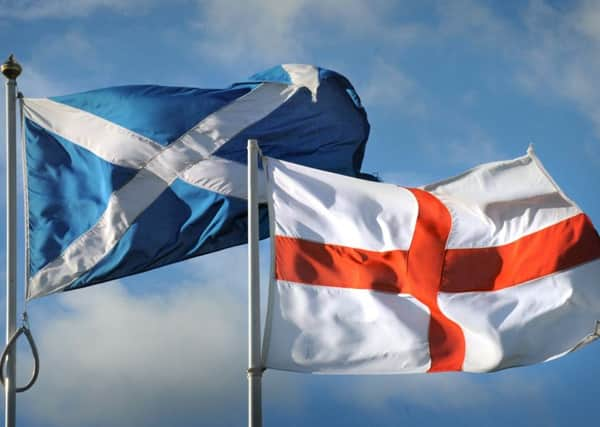On this day 1707: The Act of Union takes effect
This article contains affiliate links. We may earn a small commission on items purchased through this article, but that does not affect our editorial judgement.


But political union between the two countries remained an unthinkable proposition for many. Attempts to reinstate the union in 1667 and 1689 ultimately came to nothing. As the 18th century dawned, however, the dire economic situation in Scotland began to make the possibility of merging with their vastly wealthier southern neighbours an attractive proposition - at least for its nobility.
Following the disastrous Darien Scheme (1698-1700) which attempted to establish a Scottish colony on the Isthmus of Panama, the country was almost bankrupt.
Advertisement
Hide AdAdvertisement
Hide Ad

As a result, Scotland’s nobles were now extremely keen to pursue unification with England, to lift the country out of its sorry financial mess and perhaps recoup some of their hefty losses. A political union was also a favoured policy of Queen Anne, and by 1705 negotiations between the parliaments of England and Scotland had begun.
Explosive riots were a feature of daily life in the centre of the capital and in most other Scottish towns for the duration of the settlement. The sight of nationalist leader, the Duke of Hamilton, as he passed by carriage on the Royal Mile each day aroused passionate cheers from the throngs of Edinburgh locals. Meanwhile the leader of the unionist opposition, the Duke of Queensberry, required protection at all times as his consort was subjected to a volley of verbal insults and missiles ranging from rocks to manure. The Duke of Queensberry’s Canongate residence, Queensberry House, still stands today attached to the Scottish Parliament Building.
When Robinson Crusoe author Daniel Defoe, a secret agent of the English government, arrived in Edinburgh in late 1706, he described the violent scene, ‘a Scots rabble is the worst of its kind’, while also stating, ‘for every Scot in favour of the union, there are 99 opposed’.
The heated protests were of course in vain. The Act of Union was a deal between the ruling classes of Scotland and England, and the wishes of the overwhelming majority of the Scottish populace would be wholly ignored. The bells of St Giles rang out to the tune ‘Why should I be sad on my wedding day?’ Edinburgh, and indeed, all of Scotland, was in a state of mourning – the country had just lost its status as a self-governing independent nation.
Another twist in the tale of the Act of Union was the well-documented claim that members of the Scottish elite received bribes to sign the treaty – not from the English as is often mistakenly thought, but from their own compatriots. The claims of Robert Burns’ poem ‘Such a parcel of rogues in a nation’ that they were ‘bought and sold for English gold’ have always been a contentious piece of the story, but are not unfounded. Significant sums of money were paid to individuals who had incurred heavy losses from the Darien venture – many of whom were not even members of government.
Although not an immediate success (Edinburgh declared itself bankrupt in 1709 amid civil unrest), Scotland did eventually reap the benefits of its union with England. Despite an initial struggle with the higher levels of taxation, trade revenues increased by 2,500% between 1707 and the mid-1800s – three times as much as the increase experienced in England. As a part of the future British Empire, Scotland would go on to prosper like never before.
